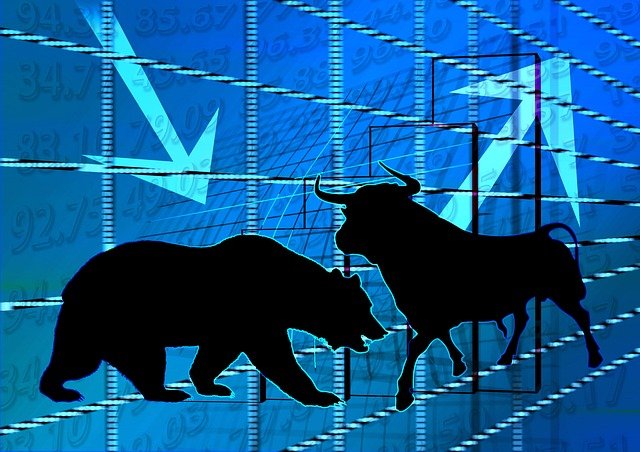Crypto-bubble?

Euphoria, Breaking Up and Pride: In 1999, we experienced a bubble that grew incredibly big and gave it the name of the "Dotcom bubble". Today, more than 15 years later, we are witnessing a regular hype of blockchain technologies. Are we on the way to a new era of history, or are we running to the next bubble?

Cryptography: A numerical consideration
The fact that we are in a boom phase can be seen not least at exciting charts of the major currencies. Multiplication of numerous currencies has been the rule in recent weeks - a signal that is to be thought of. The market capitalization of 100 billion euros could be cracked as a great milestone on 05 June.
It is astonishing that just about any of the well-known, great cryptos could multiply their value. The general rise initially excludes the fact that it has a technological cause, such as the further development of a specific currency.
Since cryptic stimuli do not have any real "intrinsic value", it seems to be a price increase by psychological influences. Either - as might be argued - the potential of cryptos was increasingly known by the media, or an artificial value is attributed to cryptic stimuli based solely on speculative outlooks.
This can not be determined, only some features of the current market movement can be analyzed that speak for or against a hype.

Indicators of a hype
1. Objective target group growth
When you talk about stocks, the issue seems to be interesting to the entire population - which was never the case in the market times of the market. This can be seen as a hype, because the target group is no longer just made up of experts from the topic, but is even dominated by laymen. This fact also leads to indicator number two:
2. Comprehensible irrational investments
Investments seem as if they are no longer based on real economic considerations. A concrete indication would be that the number or the proportion of projects that reach their funding sum increases enormously. For ceteris paribus, that is, without any other influences such as accidental clashing of "really" good projects, the investments should generally be blown into the market (see point 3). An artificial value is attributed to each project, which is aimed only at the rapid increase in value and leads to problems.

3. Market-spreading euphoria
This point alone would not suggest a hype, it would not be related to point 1 or 2. It is to be noted that the current investment movements extend over the entire market. This means that the spread of the individual investments is relatively low, most of the ICOs close off with the target. This would mean that all the projects for the target group would appear to be promising - or otherwise formulated, that may not be invested on the basis of individual decisions, but solely on the basis of the property of a crypt.
Of course, it can never be ruled out that it is an emerging, future-oriented market that offers enormous potential in many respects. Therefore, it applies only to the other points.
The problem with a bubble
Personally, I define an investment bubble as an investment behavior, which assigns an artificial value to many projects and is mainly bought by the dominant majority for reasons of rapid appreciation.
As long as a temporary functioning snowballs system arises from this, investors can gain profits. The hype is growing ever more, as the increasing attention and euphoria-producing media reports attract more interested parties, who now also want to be part of the success. The newcomers are buying the values that their predecessors want to get rid of as quickly as possible, to take profits and reinvest.

It is a cycle that continues and continues, but only works as long as the number of participants increases. For no one believes in the real value that the project can generate through the operation, but only at the market value, which in this case is strongly psychologically justified. This means that projects may not be able to earn enough profits in the foreseeable future to cover investments. Thus they are already over-financed.